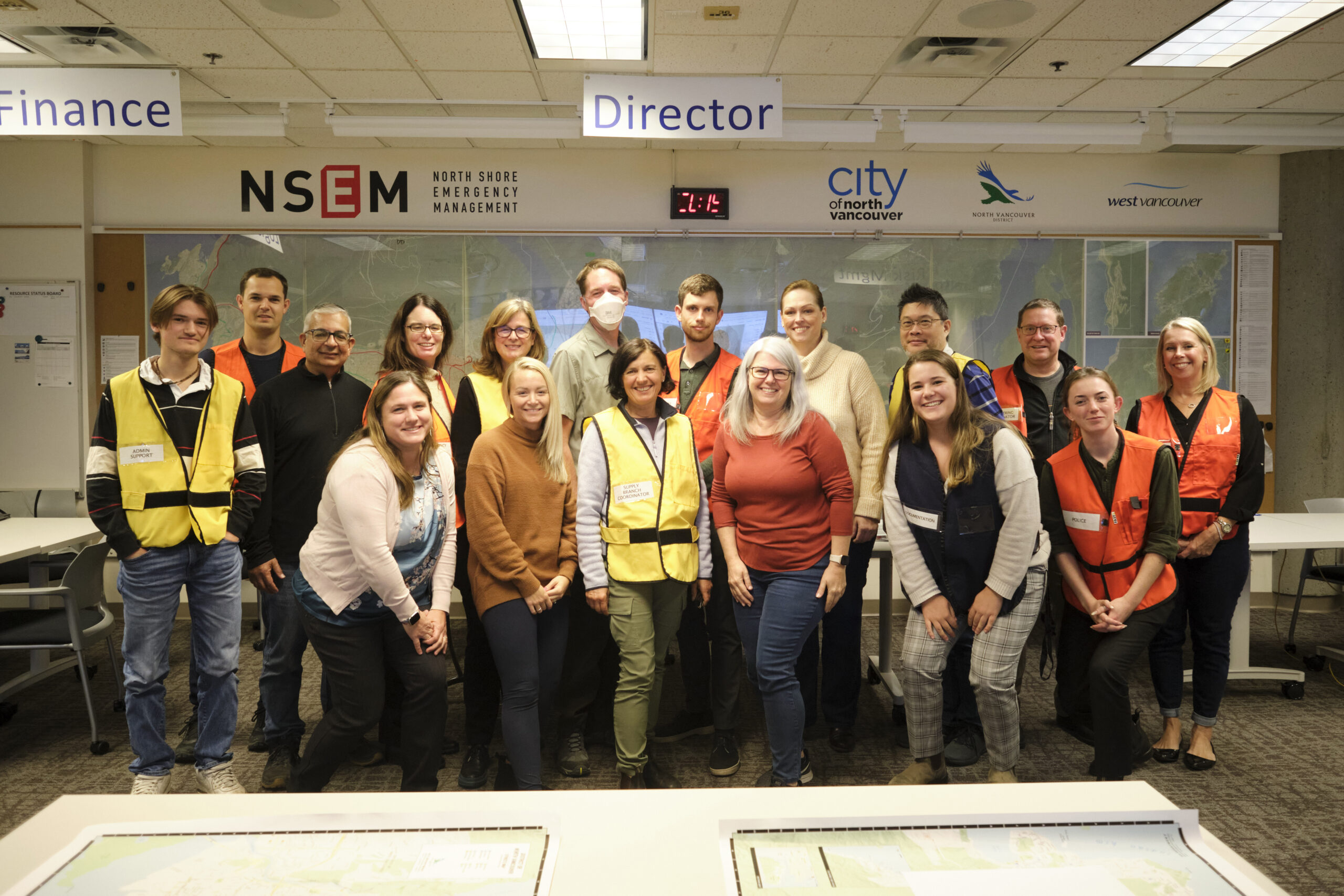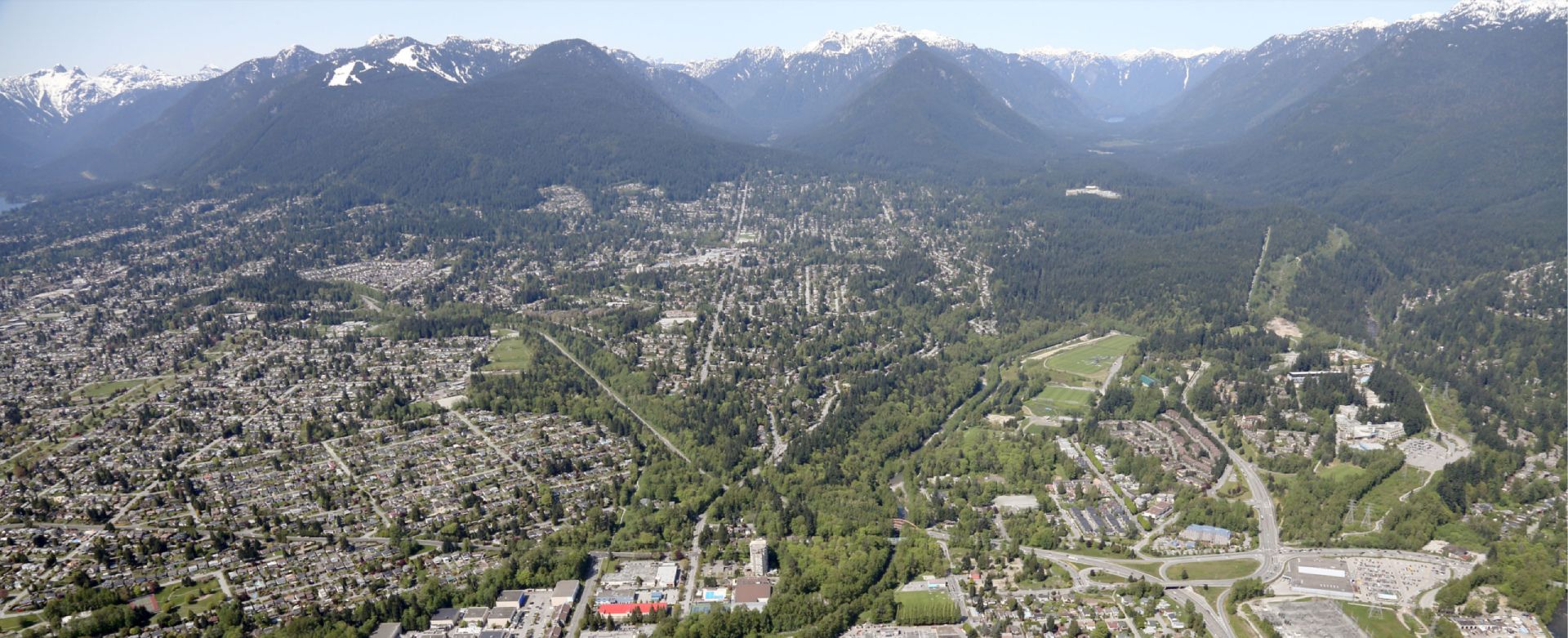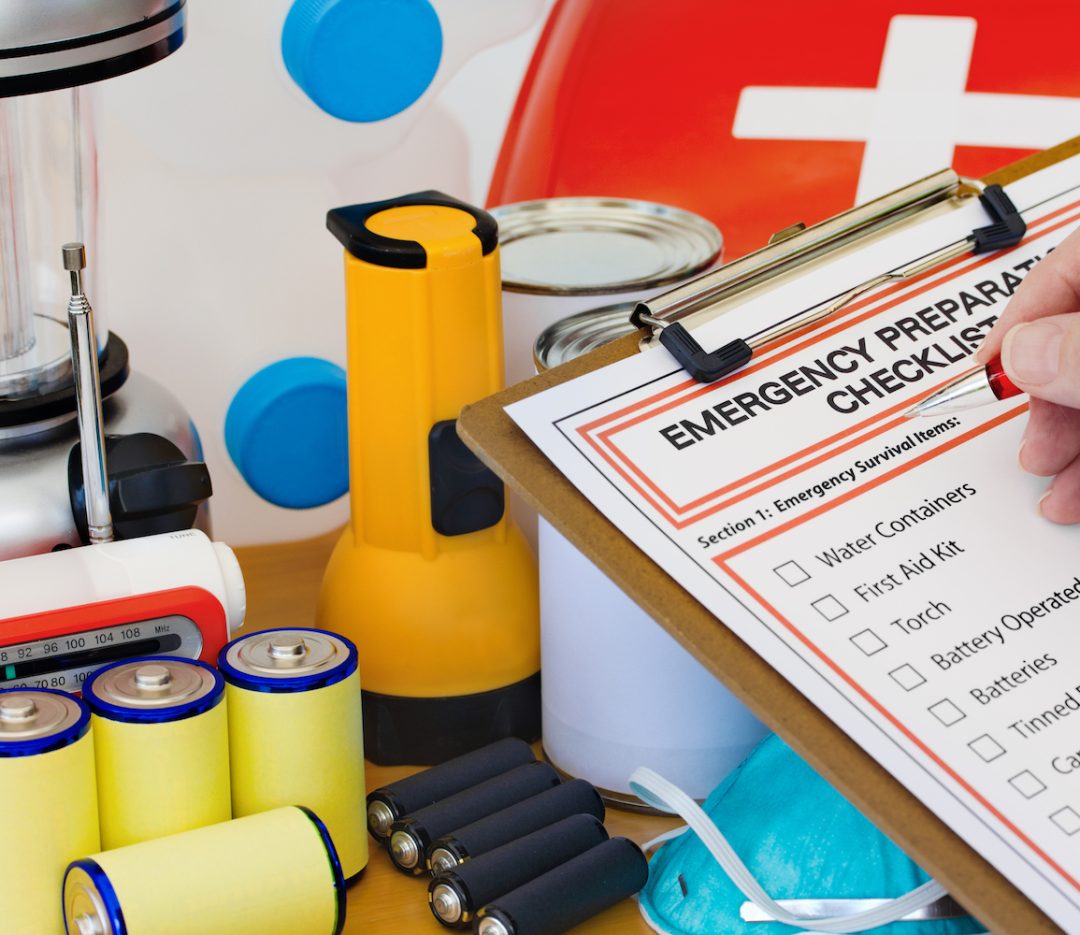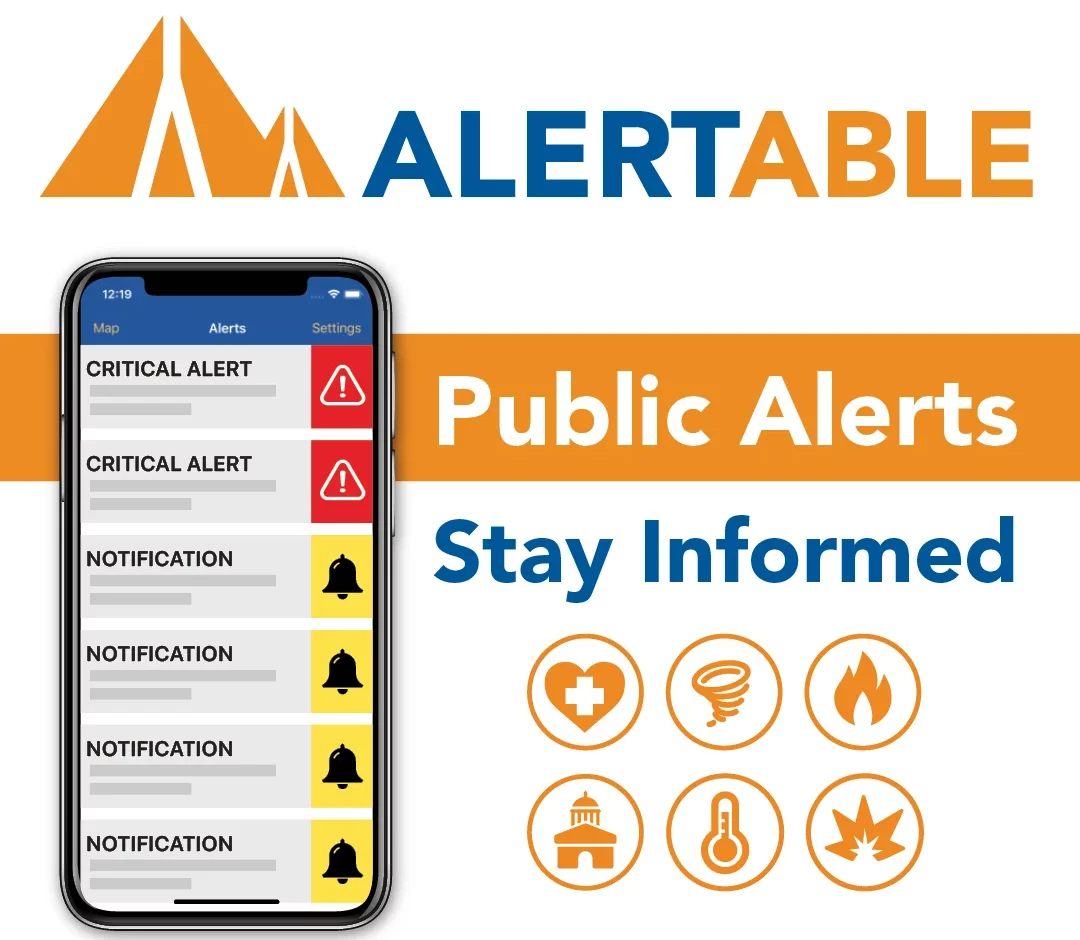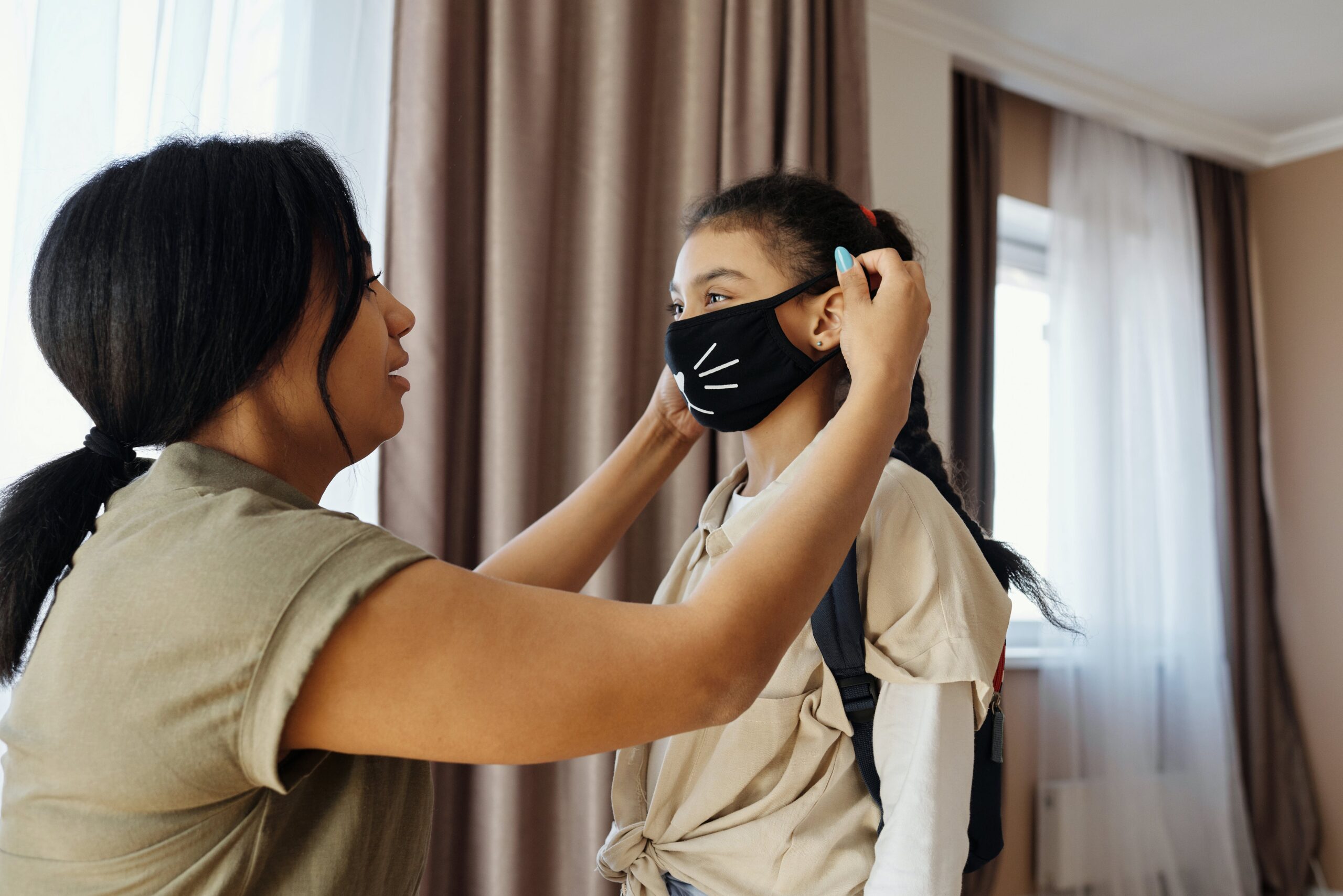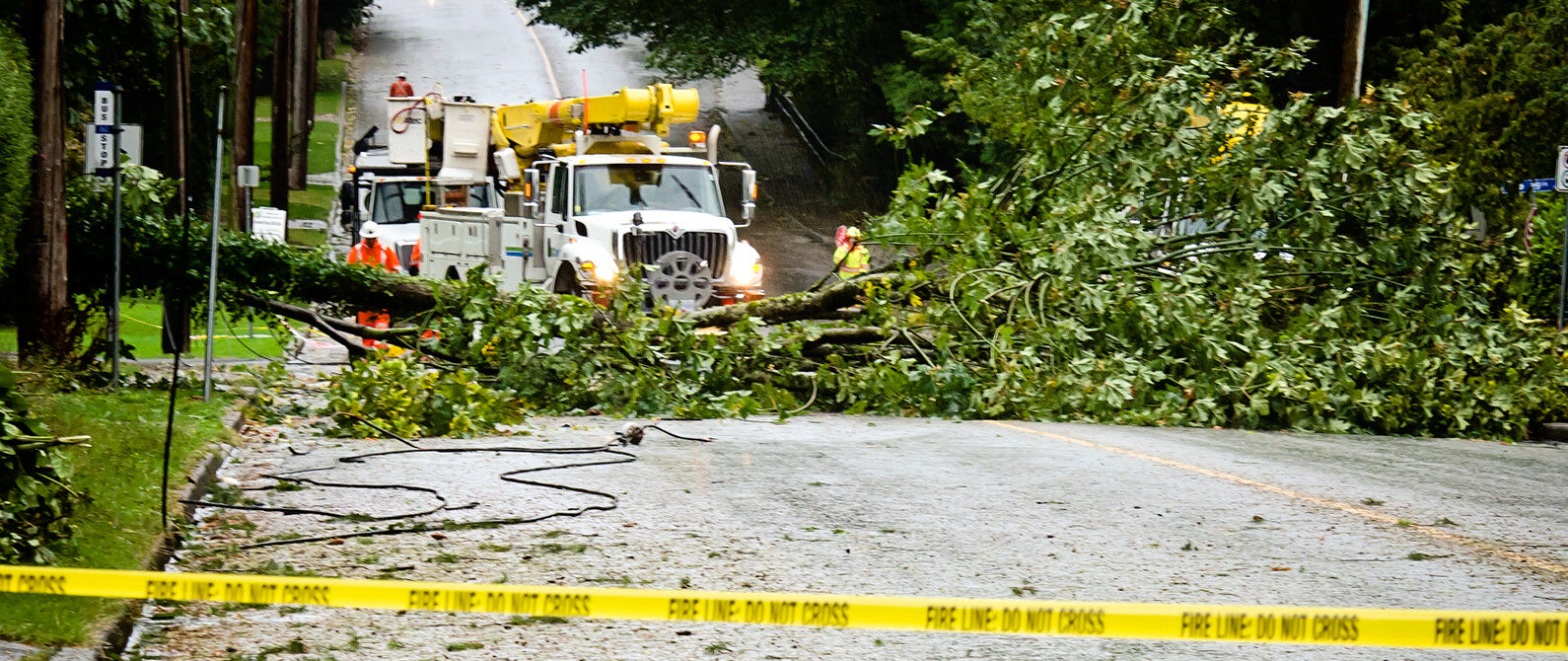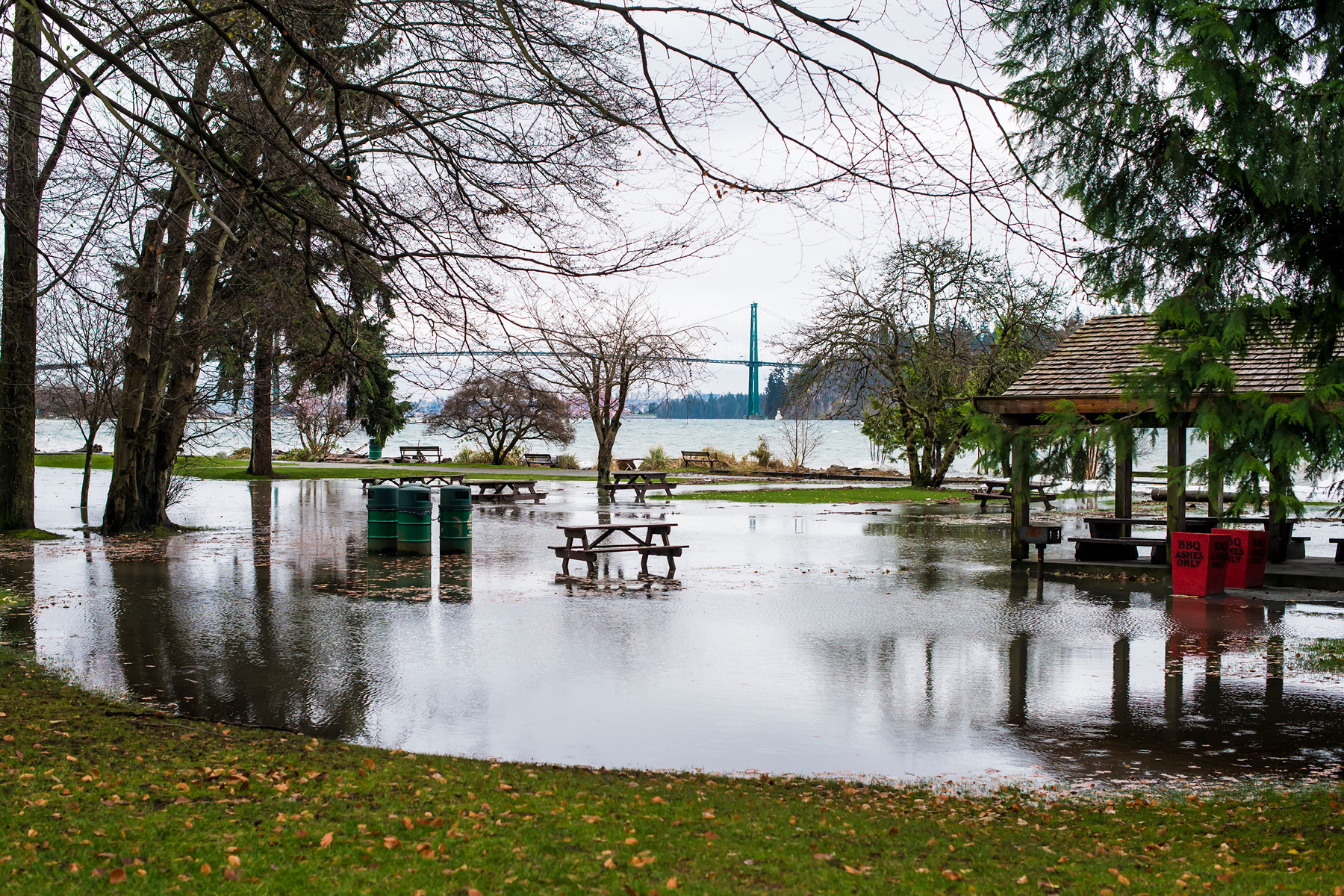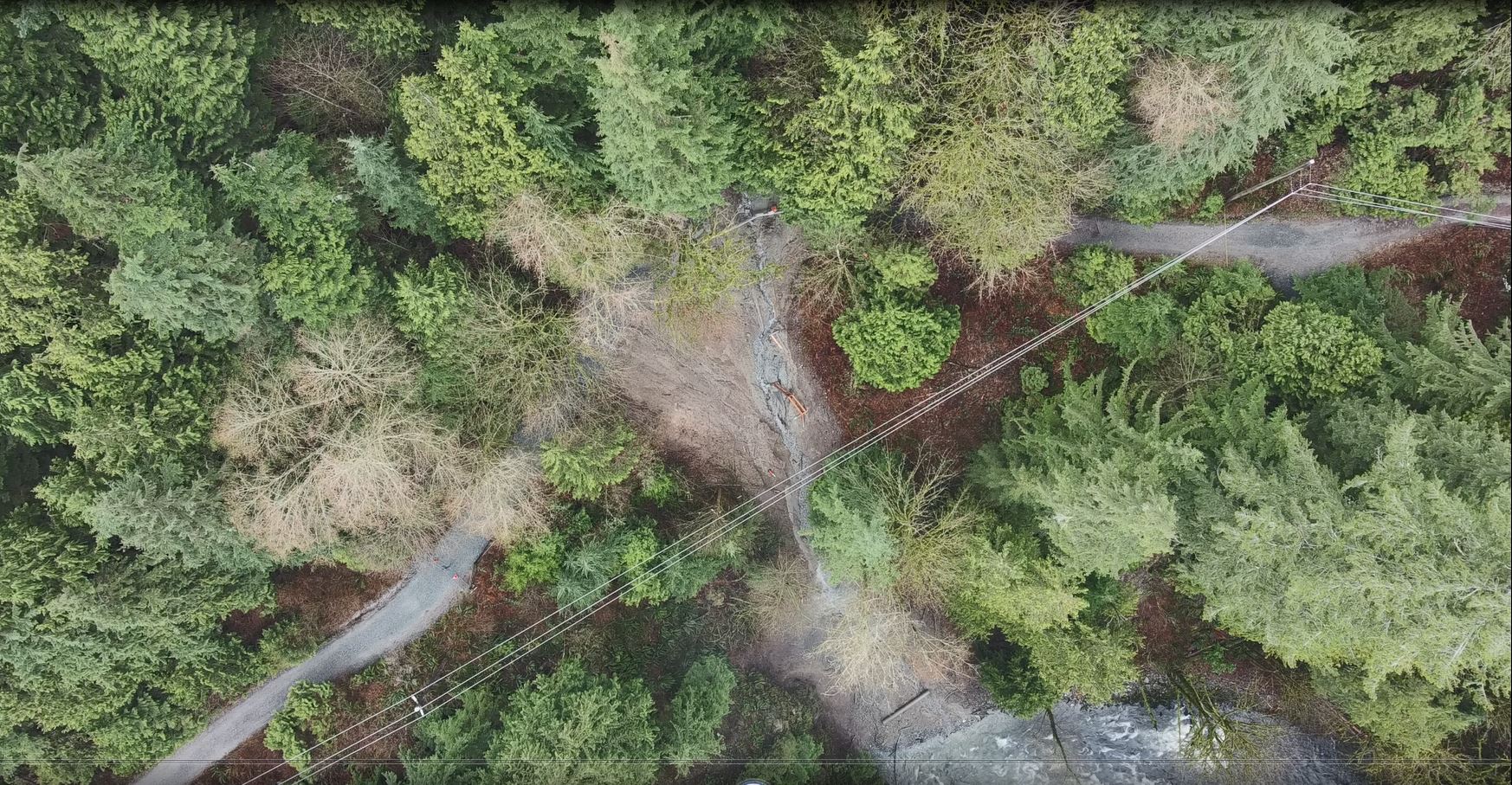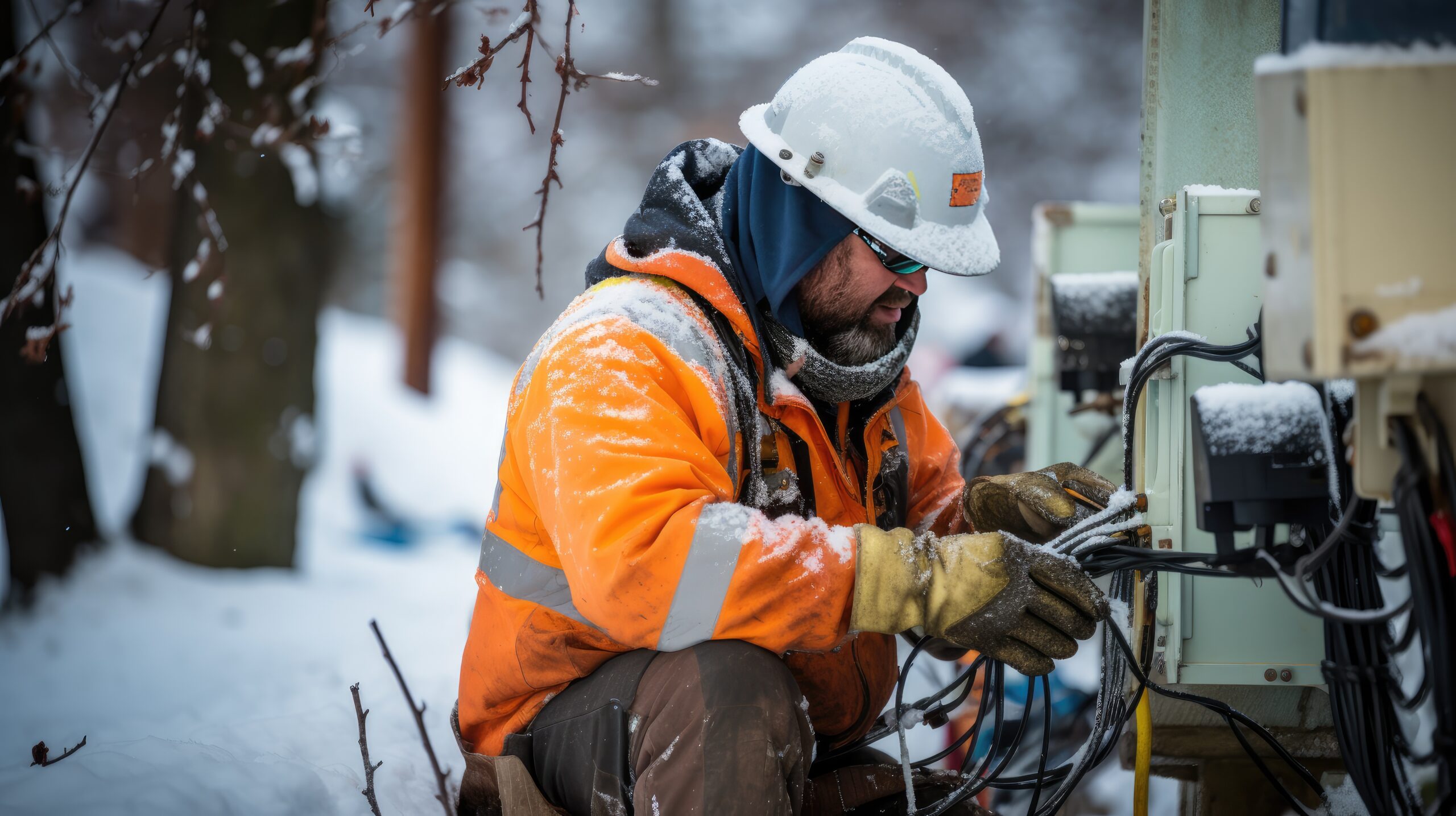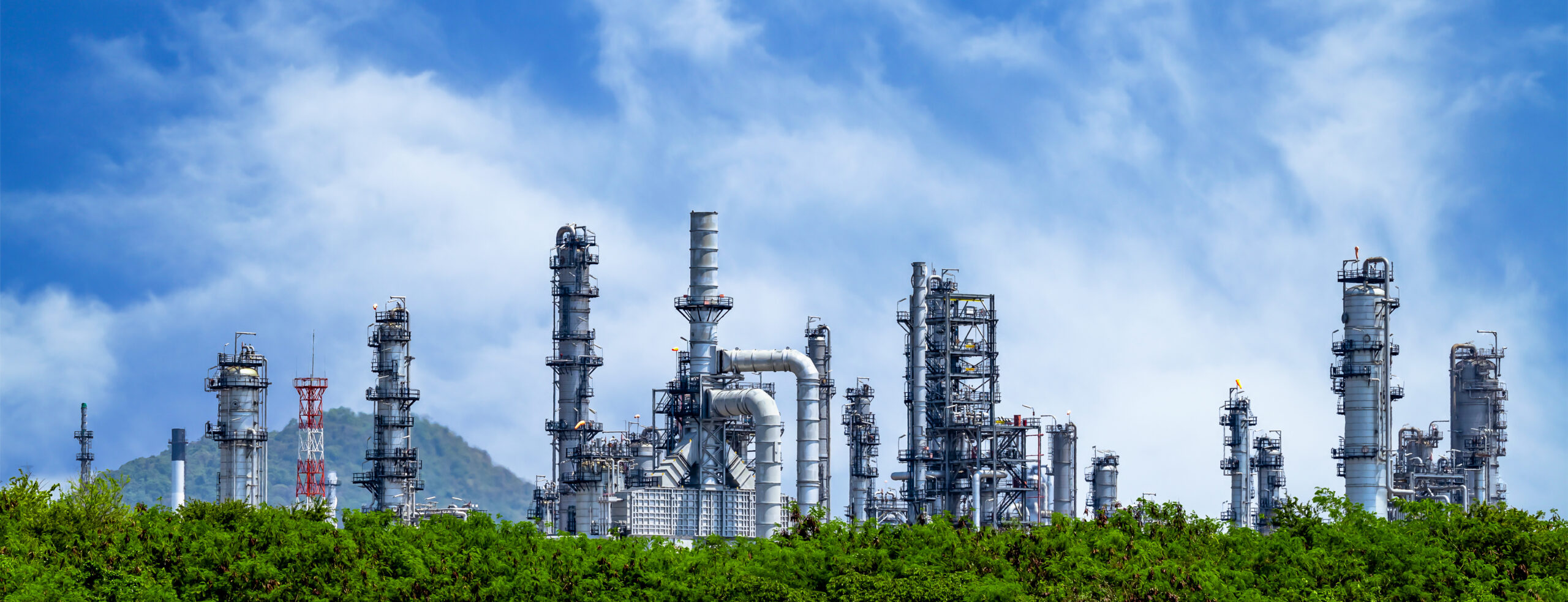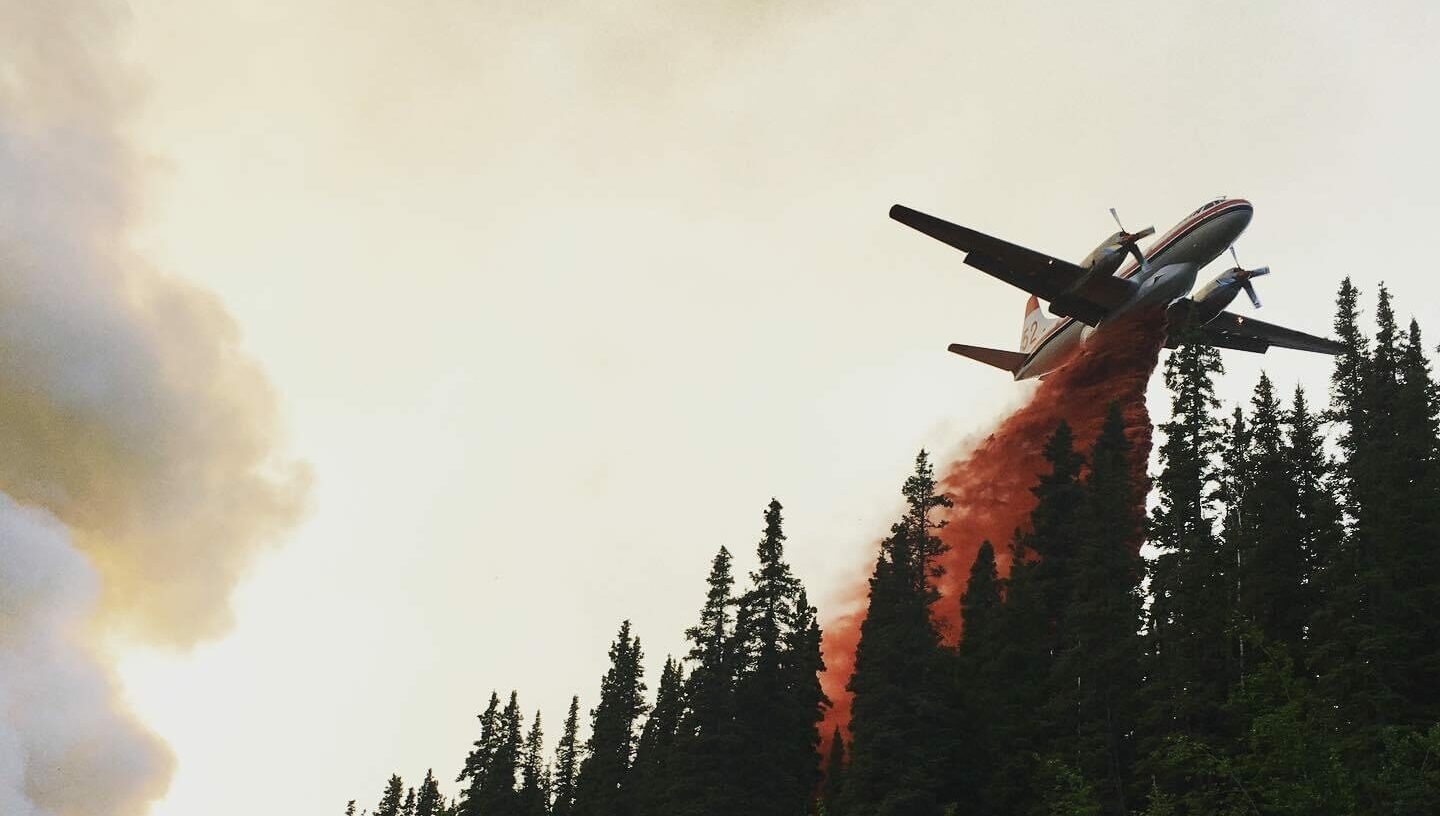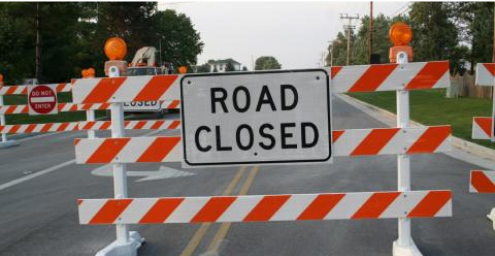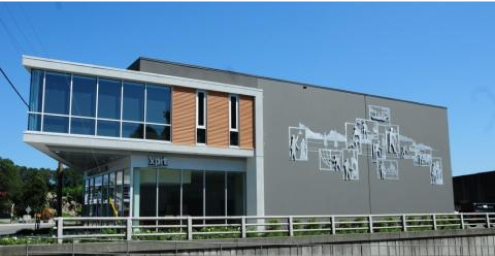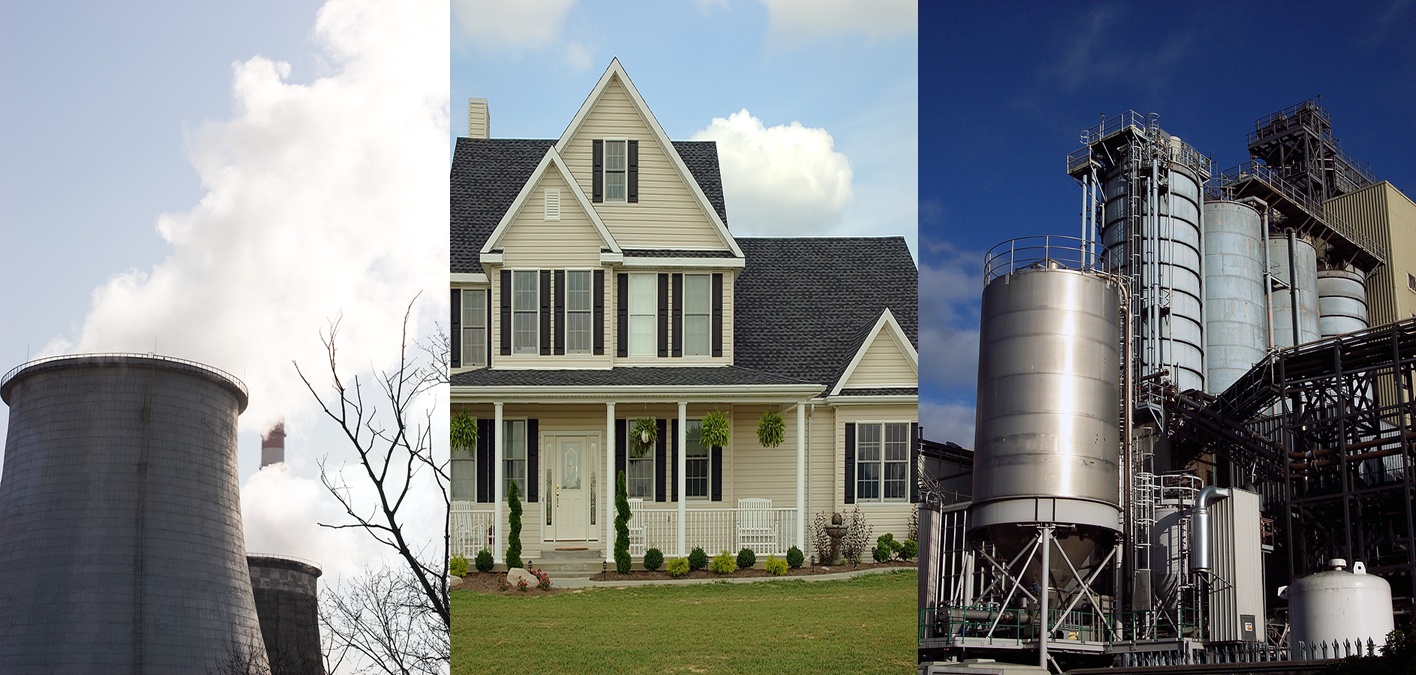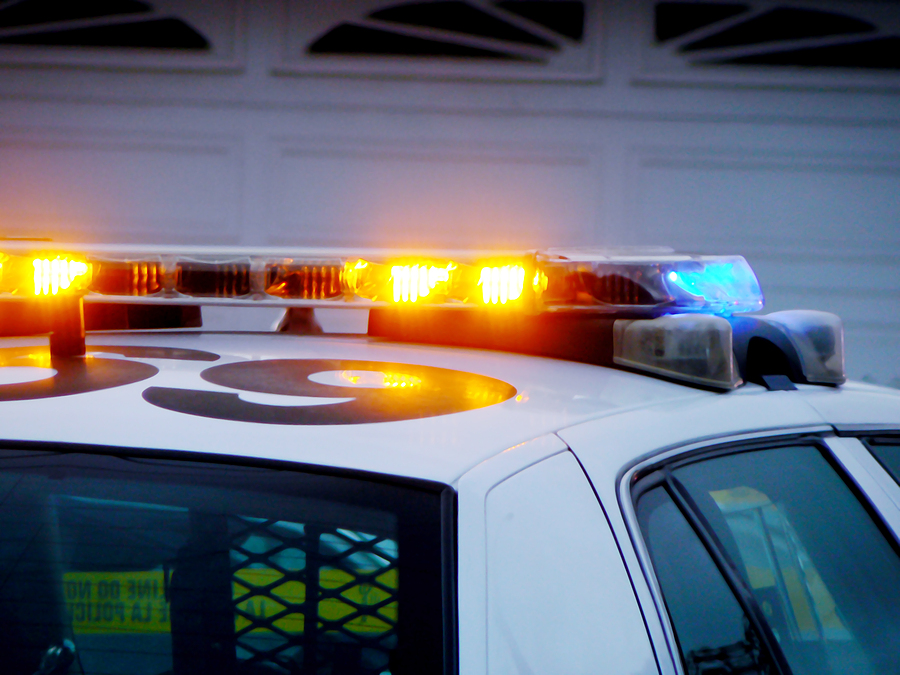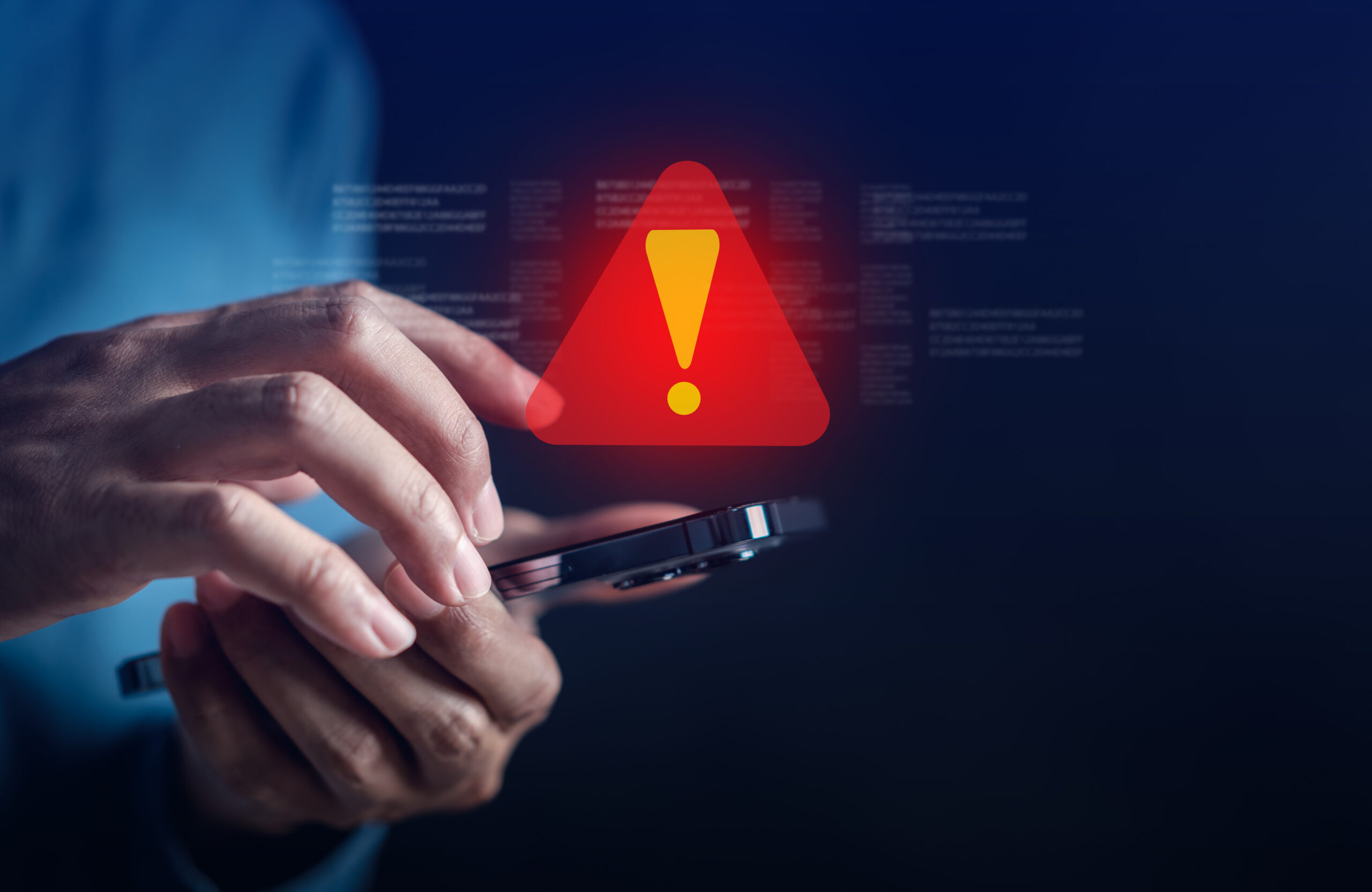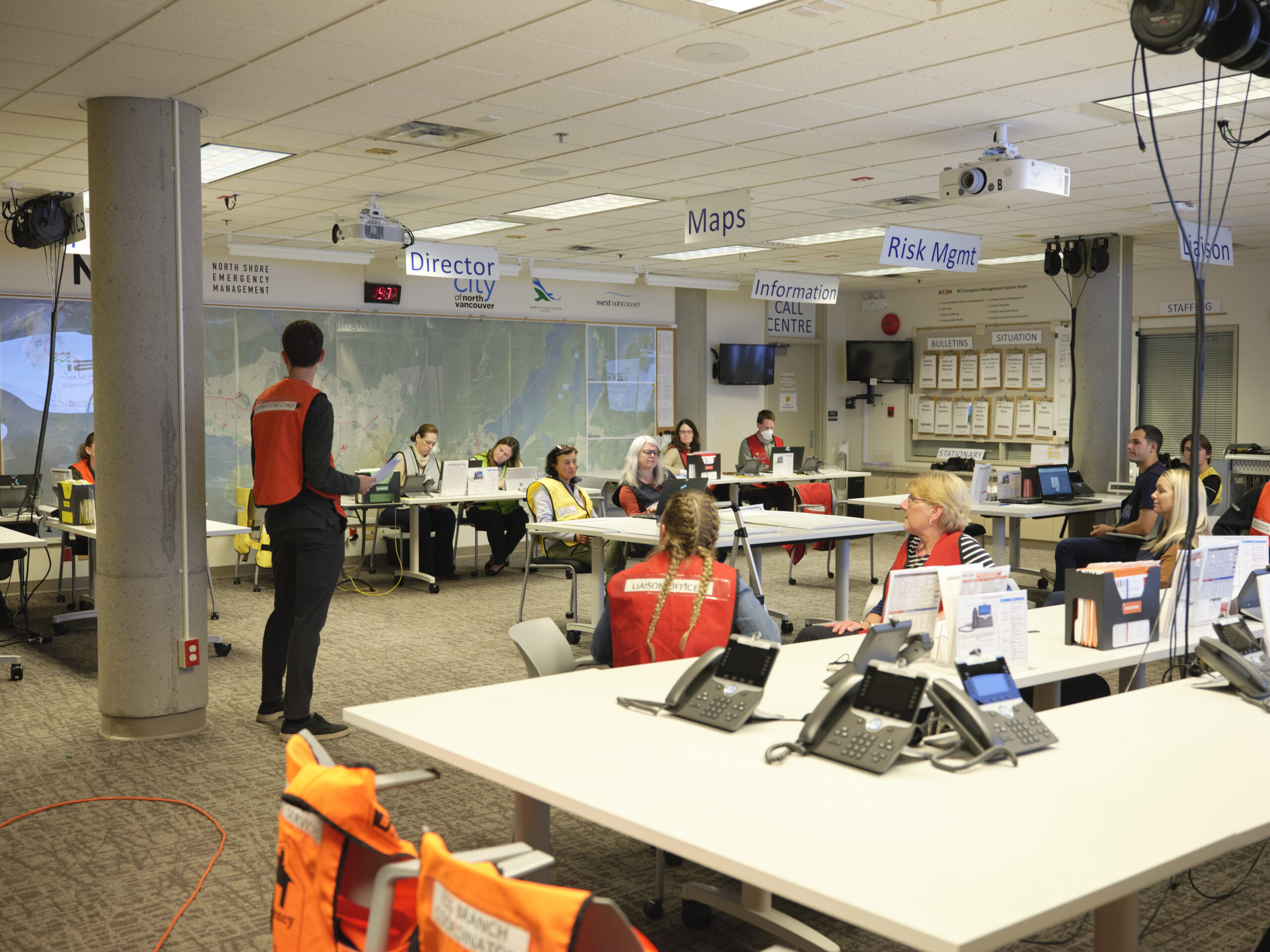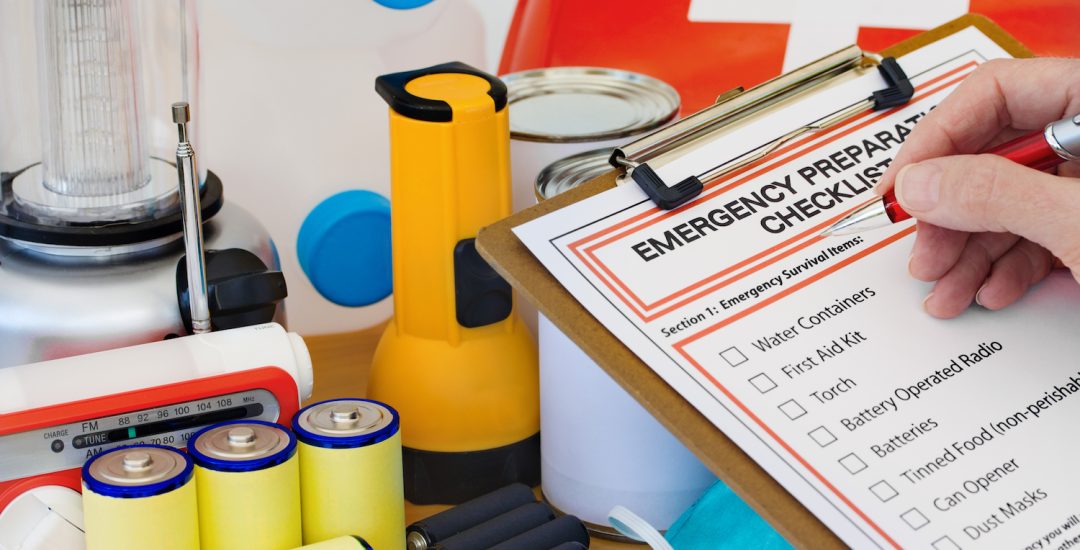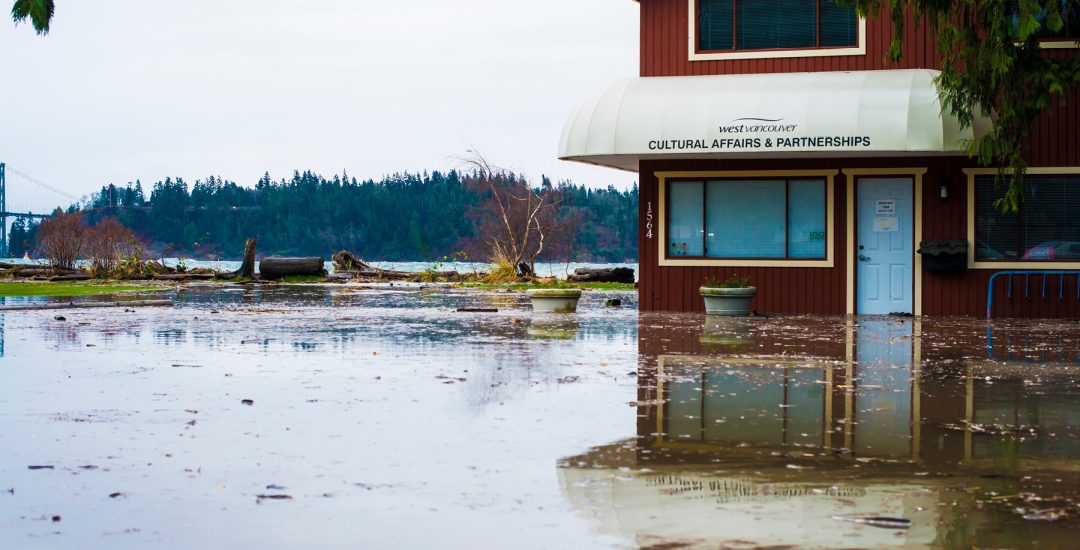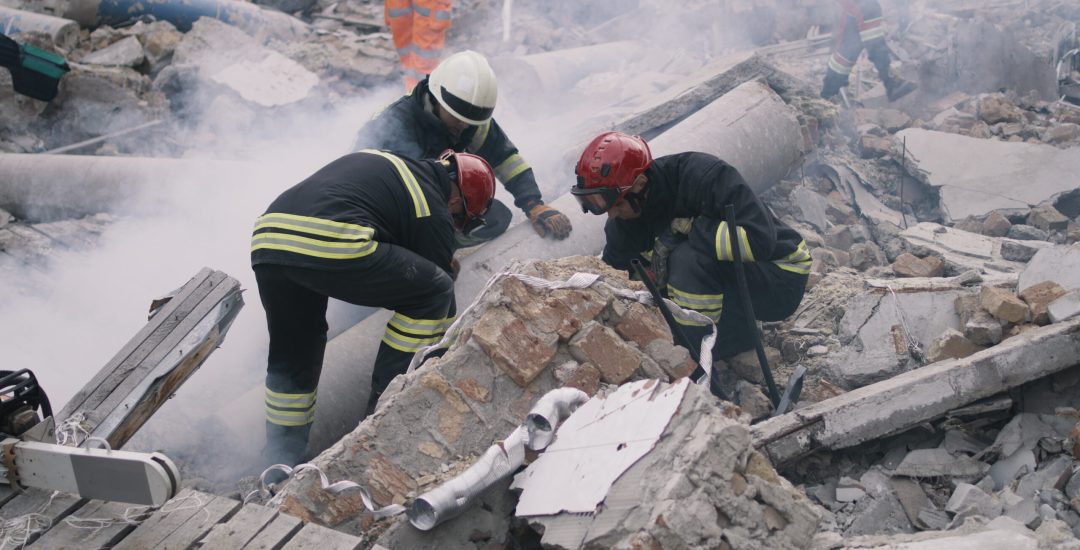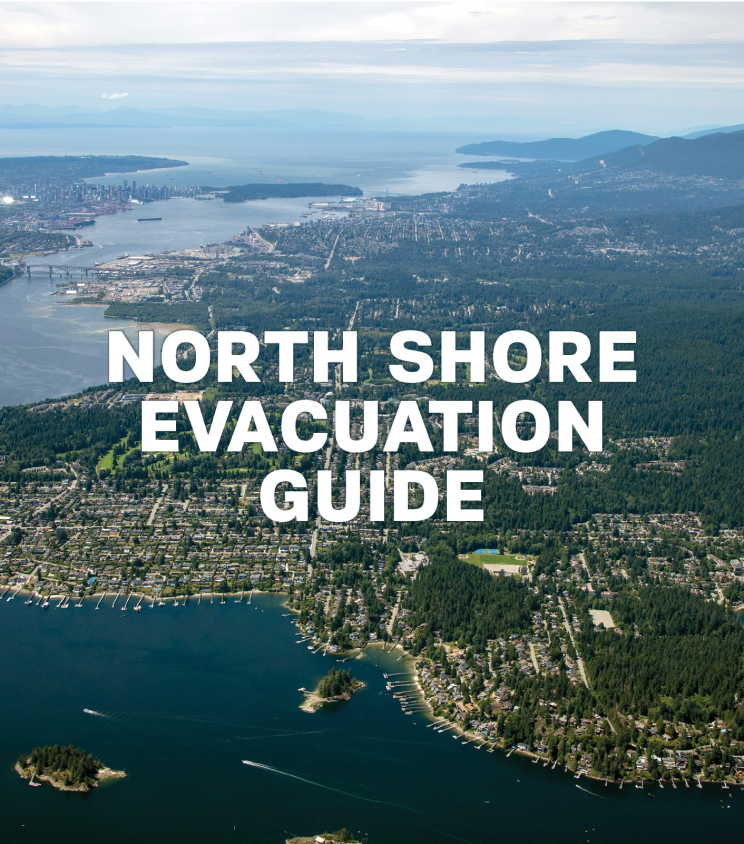
Winter Storms On The North Shore
The North Shore frequently experiences seasonal storms characterized by intense rainfall and strong winds. The substantial force of these high winds has the potential to topple trees and branches, leading to power outages, road closures, and disruptions in traffic flow.
Furthermore, our local creeks and rivers exhibit a rapid response to substantial rainfall, resulting in swift and elevated water levels shortly after such weather events. This heightened flow poses additional challenges and considerations for the community’s safety and infrastructure.
Get Prepared
After An Emergency
North Shore Evacuation Guide
Some emergencies — such as a fire, or hazardous materials release — may make staying in your home dangerous. In such cases, it may be safer for you to evacuate the area and go to family or friends, or an emergency reception centre.
NSEM has created the North Shore Evacuation Guide to help residents understand:
- What steps to take before and during an evacuation,
- The difference between an Evacuation Alert verses an Evacuation Order and
- how to make an evacuation plan.
Upcoming Workshop and Events
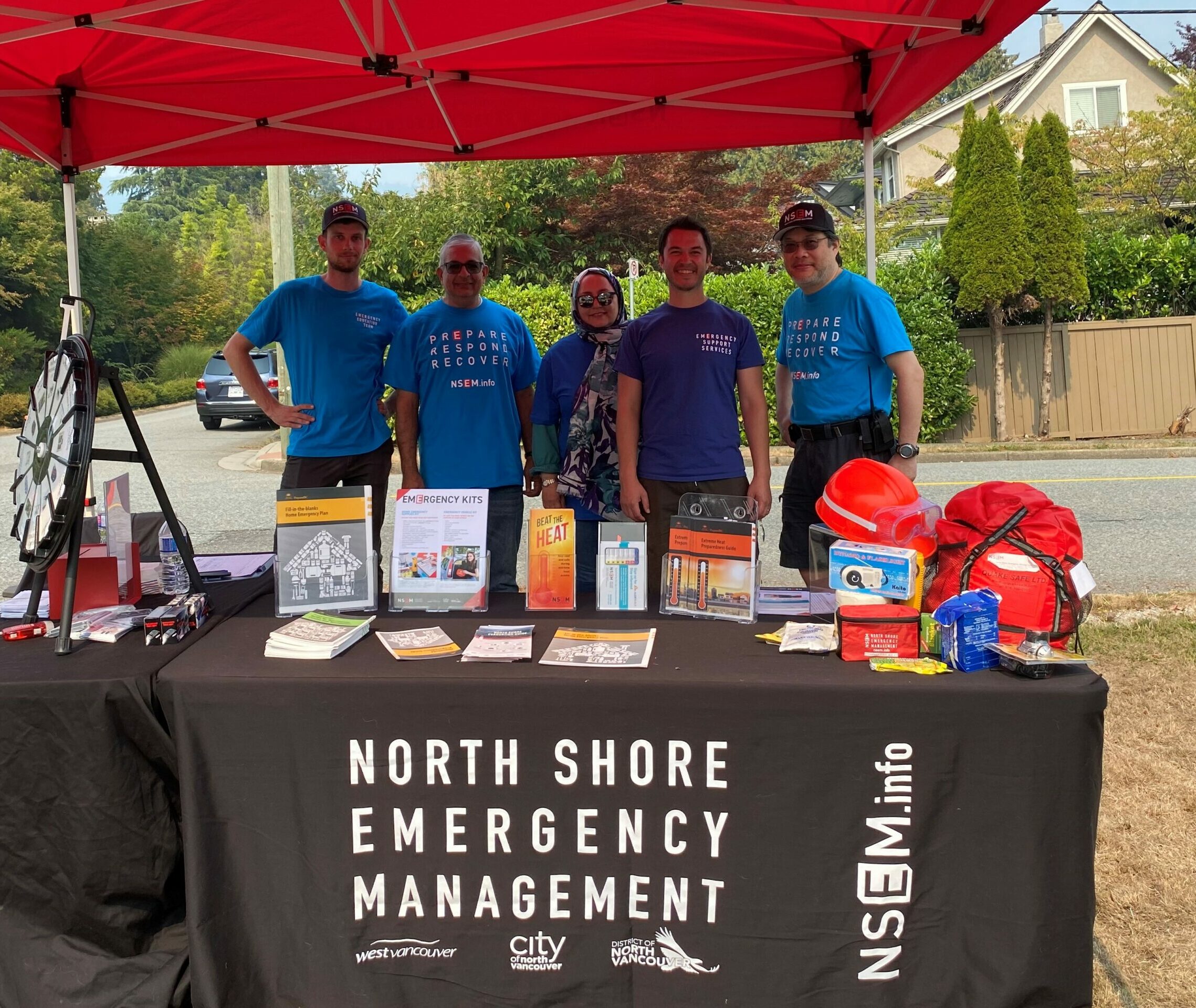
Become a Volunteer
NSEM offers volunteer opportunities to support our communities in their times of greatest need.
